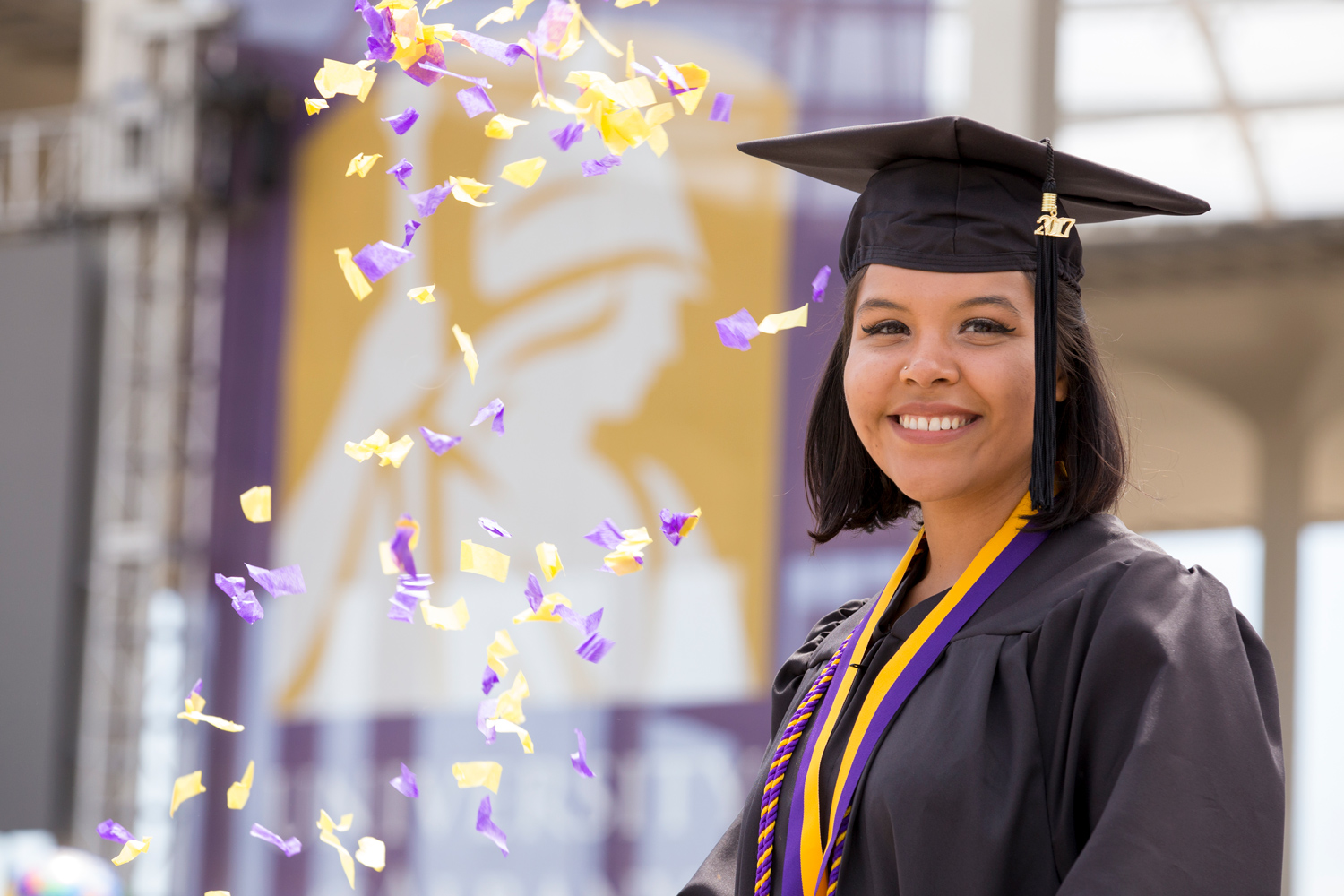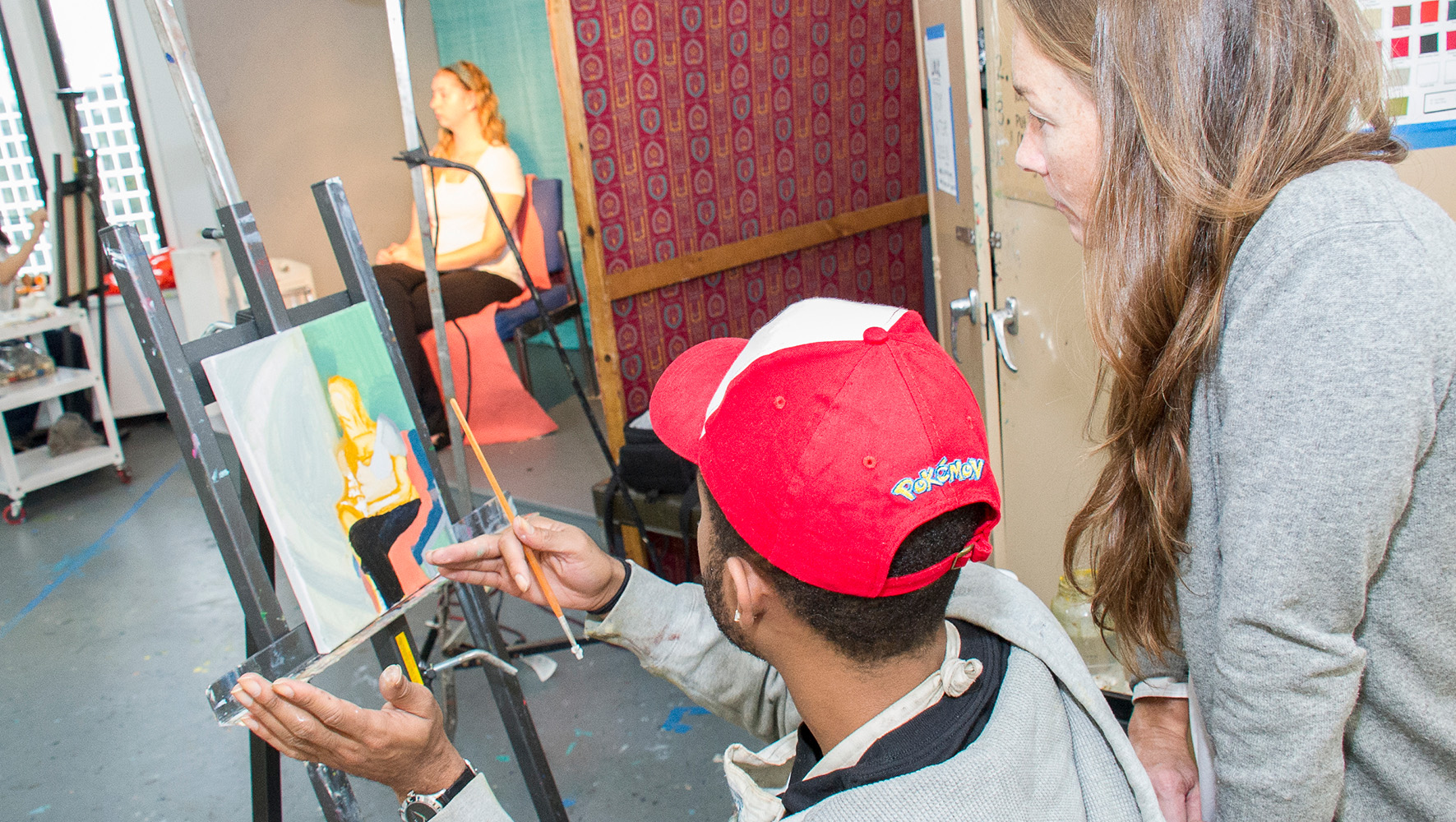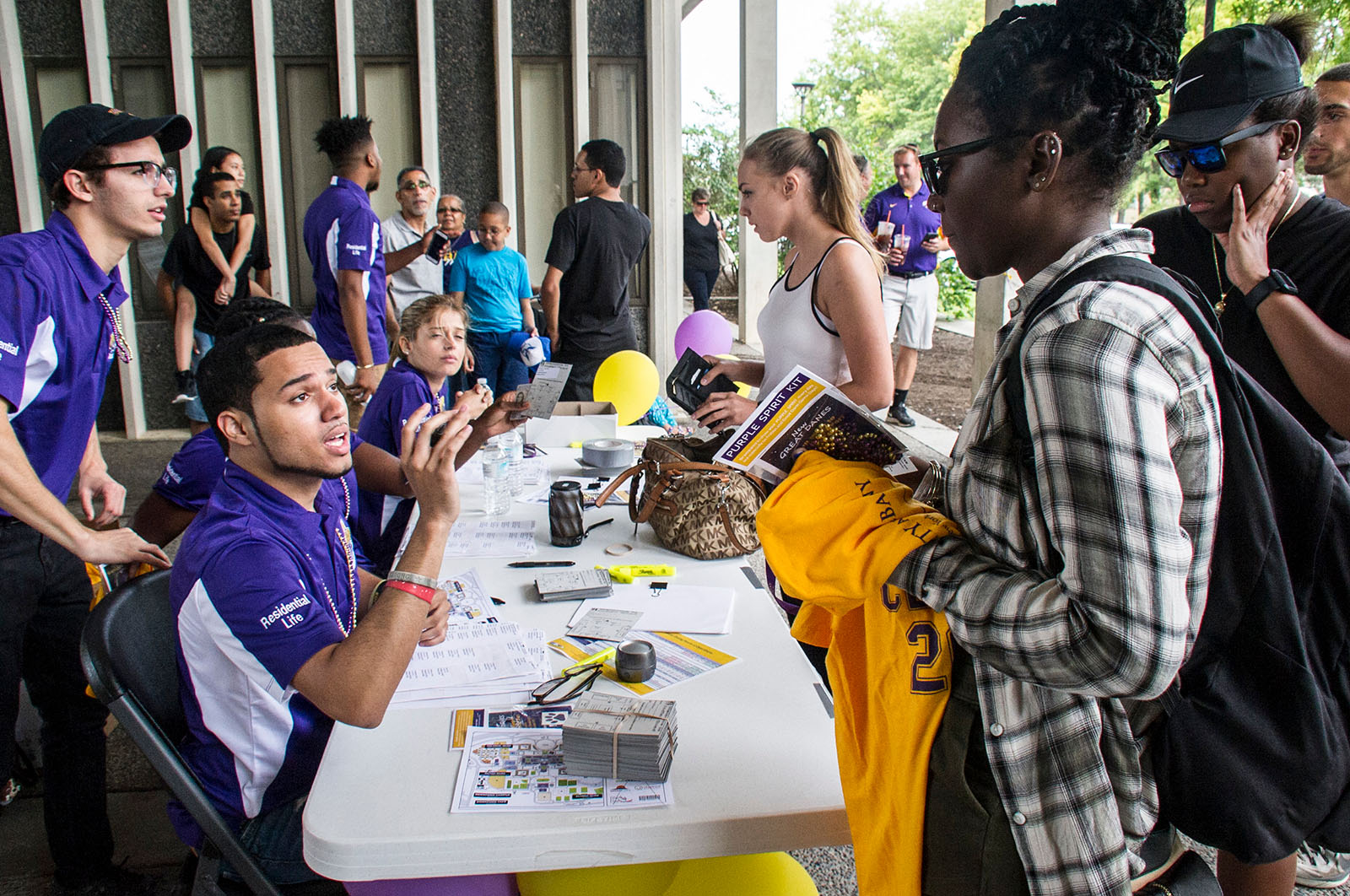Learning objectives that UAlbany students are expected to attain through their course of study within their academic program.
Bachelor of Arts
- All art courses consist of visual and conceptual projects supplemented by lectures, demonstrations, museum visits, and group critiques. With these components, studio courses prepare our majors to comprehend the principles of artistic expression, while they learn the necessary skills to work in the medium explored in the course.
- Creating: Students in the program are able to produce artwork that demonstrates an understanding of basic design principles, concepts, tools, and media of the various studio art areas. Students learn how to create their own artwork by exploring interests, issues, and concerns relevant to the student and our contemporary world.
- Presenting: Students in the program are taught that fabricating––or physically making––their artwork is only one part of their art making obligation. They are also responsible for displaying their work to the class and speaking about their project in an intelligent and thoughtful manner.
- Interpreting: Students in the program develop abilities to critically interpret their work and other works of art formally, expressively, conceptually, and culturally. They are demonstrating the ability to discern what a particular artwork is striving to communicate, as well as what is and is not significant about it.
- Evaluating: Students learn and utilize a vocabulary to evaluate an artwork based on its strengths and weaknesses. During a critique, or group discussion, a series of questions are asked to determine the success of the student’s artwork based on their choice of materials, techniques, deign principles, concepts, and displays, to name a few.








